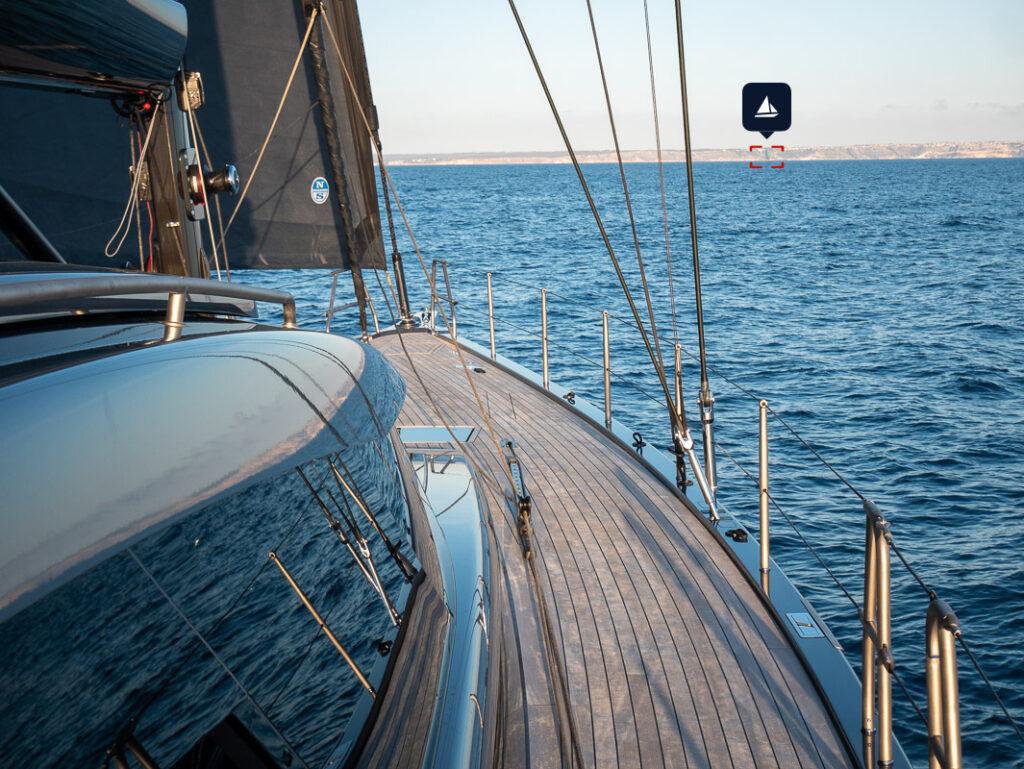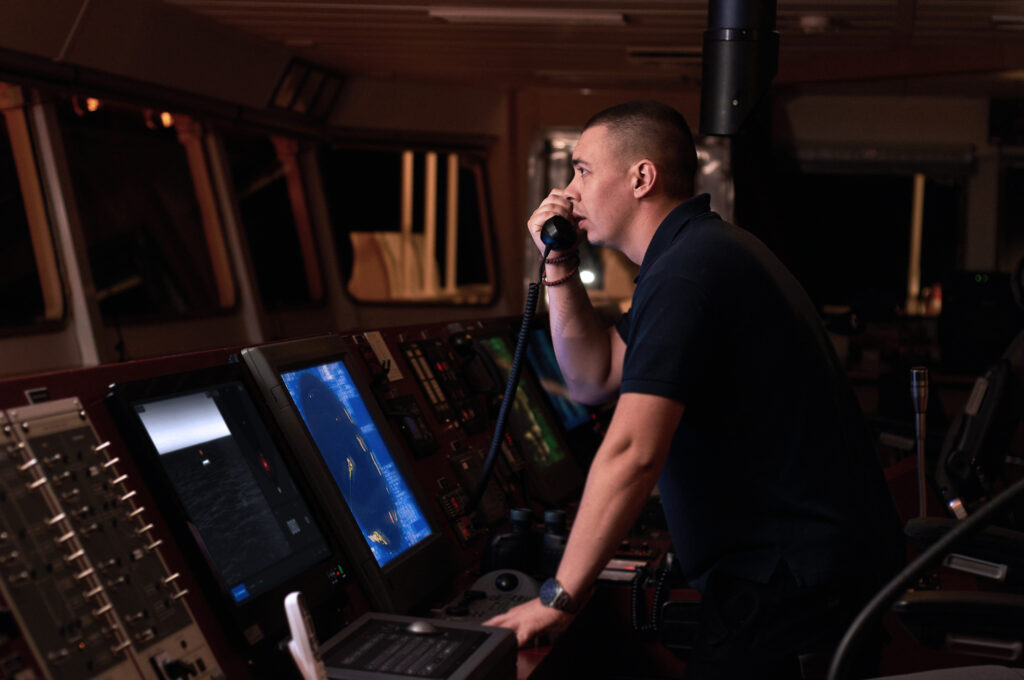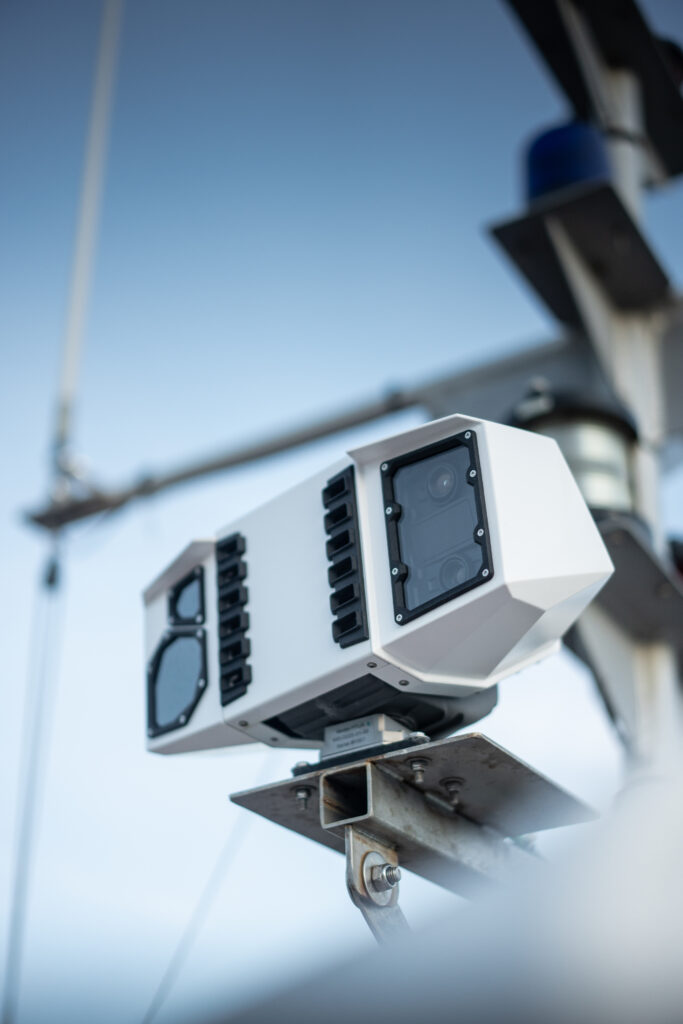Robosys and SEA.AI combine their Pioneering Technologies
Home » Robosys and SEA.AI combine their Pioneering Technologies
Robosys and SEA.AI combine their pioneering technologies to create the world's first of-its-kind machine vision-based maritime autonomous surface collision avoidance system.
Revolutionizing Maritime Safety Thanks to Pioneering Technologies
Robosys and SEA.AI have joined forces to develop and deliver an intelligent maritime autonomous surface navigation and collision avoidance system integrating computer-based AI machine vision thanks to their pioneering technologies.
The world’s first commercial vessel with integrated Perception System, developed for an Indian shipping operator in Mumbai, features Robosys’ Voyager AI and SEA.AI’s Sentry for market-leading obstacle avoidance. Seamless integration via software interfaces provides early alerts to crews and remote hubs about surface objects. The system, enhancing safety and offering 360° situational awareness, is now complete and ready for sea trials, bringing benefits like improved fuel efficiency through smart path planning.
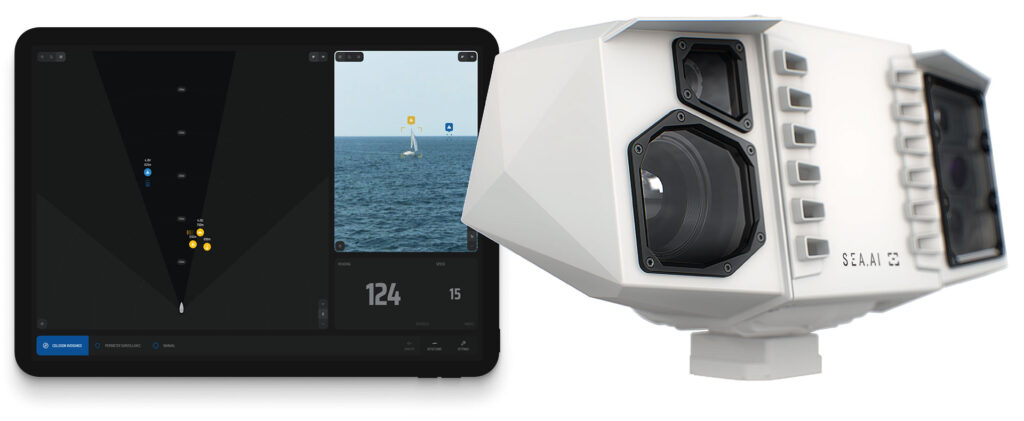
The integrated SEA.AI machine vision system analyses all the pixels coming from the set of thermal and low light cameras to detect and assess the level of risk of the floating objects around the vessel. This pioneer technology uses latest deep learning capabilities and ever-growing proprietary database of 9+ millions of annotated marine objects to classify the type of floating hazards detected.
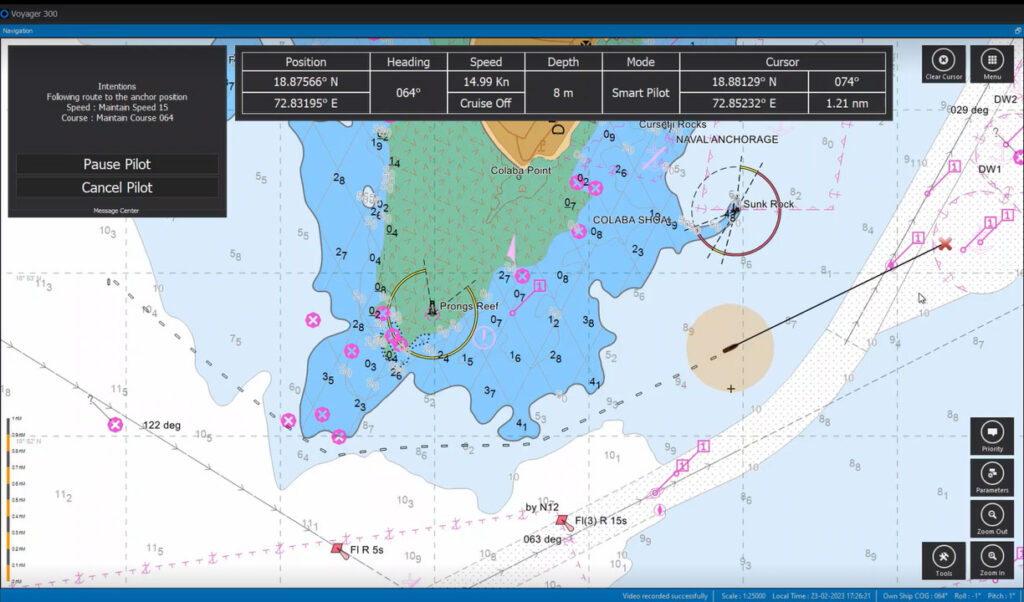
Optical Reassurance for Crewed and Uncrewed Vessels
The Voyager AI System fuses the Machine Vision’s target data with other track sources such as from Radar and AIS and then either recommends or manoeuvres the vessel taking in to account all navigation, shipping and ENC hazards. Voyager AI is proven onboard vessels up to 320m.
The System has a far-reaching detection range, combined with the widest detection angle and fastest detection frequency available, which improves performance in unfavourable sea conditions.
Nigel Lee CSO says, “In 2022 Robosys and SEA.AI first identified the need to provide the additional optical reassurance to crewed and uncrewed vessels, through providing the visual aspect of watchkeeping, thereby supporting COILREGS Rule 5 Visual Lookout, without fatigue and enhanced consistency. It is great to experience the first vessel now utilising this unique and essential solution, which will contribute to helping create safer seas and potentially save lives.”
“Seeing our collaboration come to life with Robosys is truly exciting”, said Marcus Warrelmann, CEO of SEA.AI. “Our unique Maritime Machine Vision provides optical reassurance to crewed and uncrewed vessels, and represents a significant step towards safer seas and enhanced maritime safety. This achievement reaffirms our dedication to innovation and our mission to make a positive impact in the industry.”
More info on Robosys’ Voyager AI : https://robosysautomation.com/
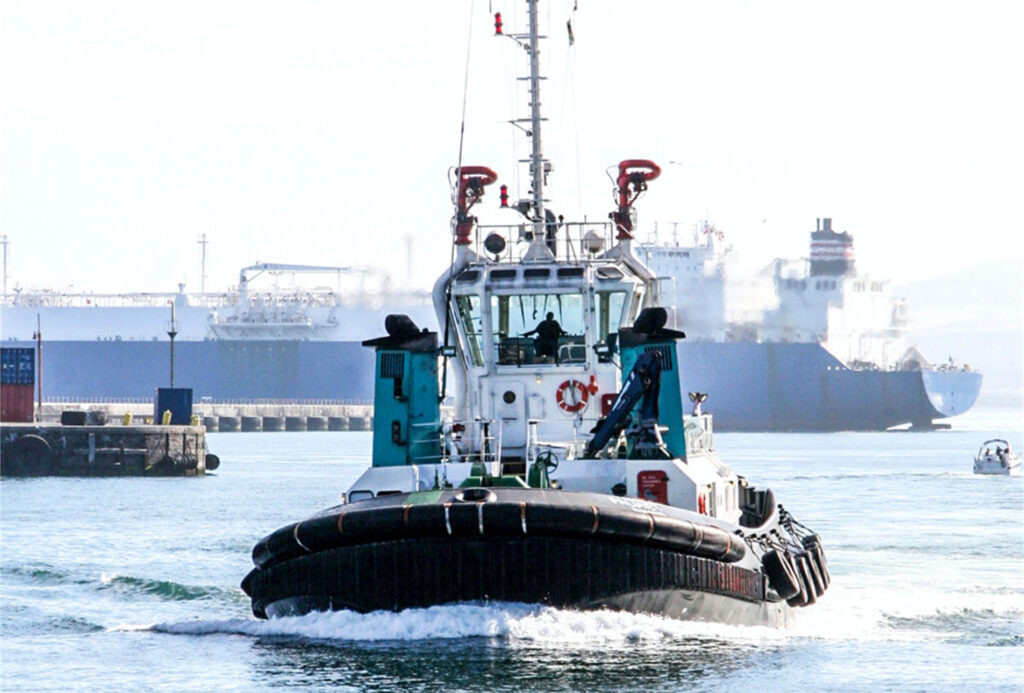
Related articles
Baltic Yachts Sets Sail with SEA.AI’s Machine Vision Technology
Baltic Yachts, a Pioneering Shipyard, integrates SEA.AI Machine Vision Technology to its Range of Innovative Options
February 21, 2024
The Role of SEA.AI in Detecting the Unseen
SEA.AI detects and classifies objects, including those that escape conventional systems such as Radar or AIS. The addition of SEA.AI systems enhance maritime situational awareness, acting as a formidable ally to the capabilities of these established technologies.
February 1, 2024
Sentry’s New Windows and MacOS Native Applications
The new MacOS and Windows applications provide an user-friendly way to access Sentry, offering a recommended solution for an enhanced user experience with no more browser access needed.
January 15, 2024
